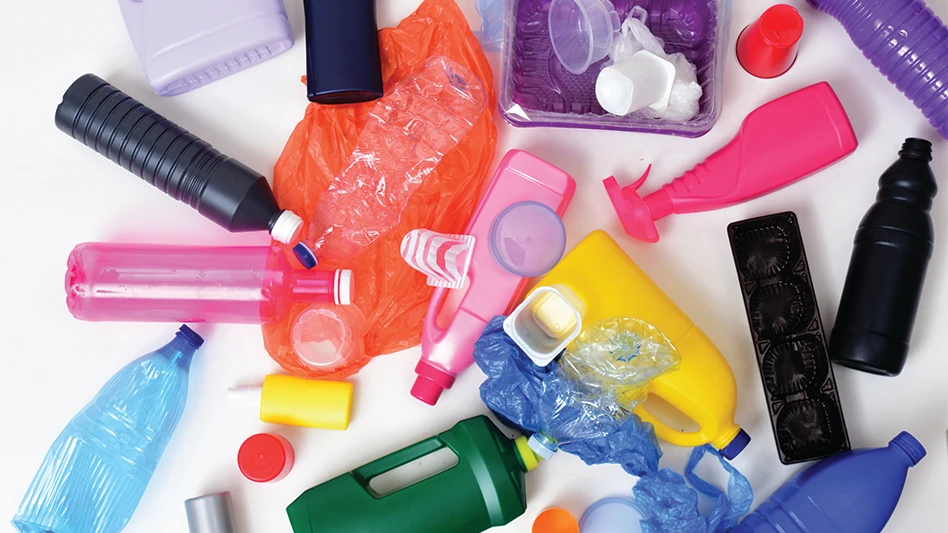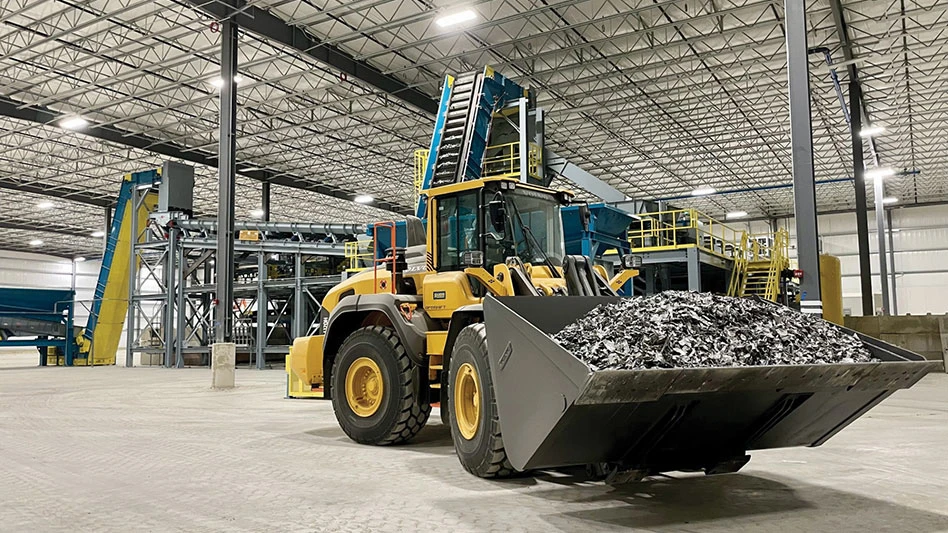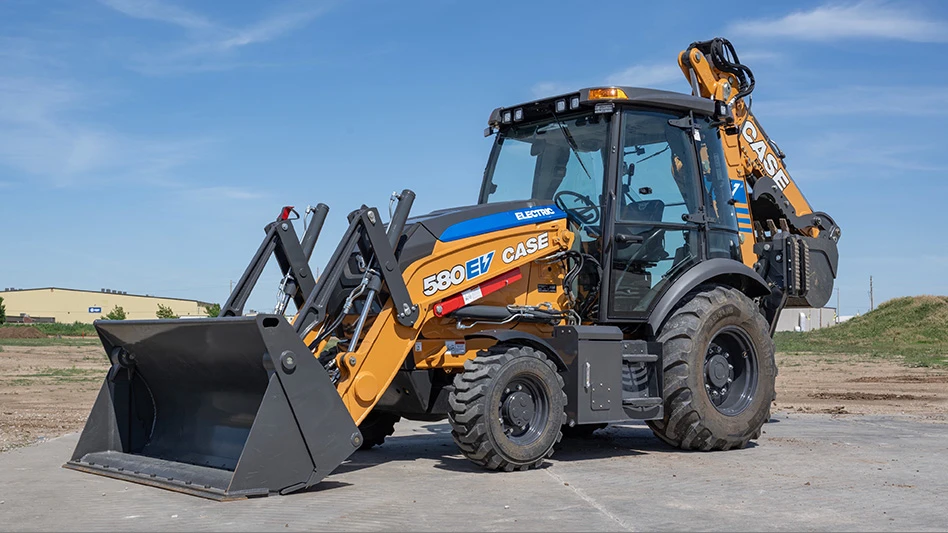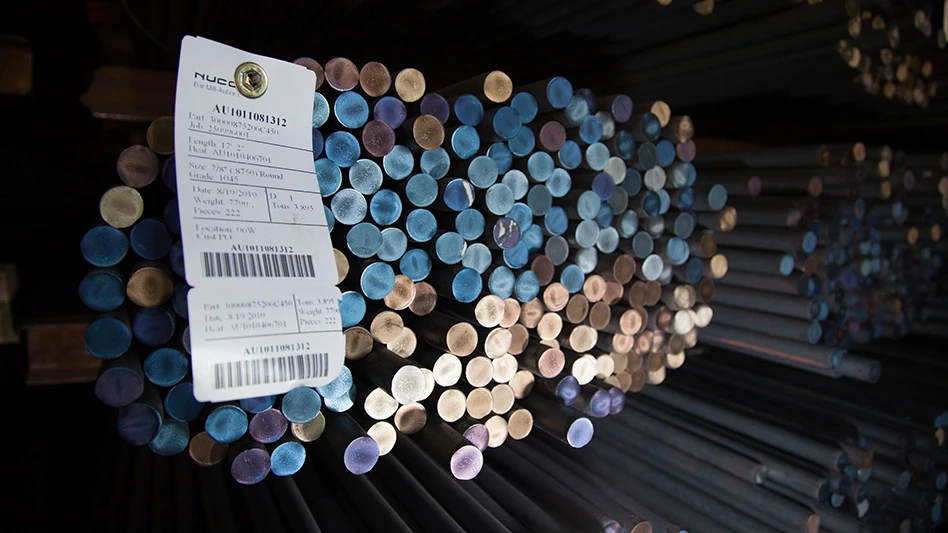Expectations are strong for domestic paper stock markets moving into the next millenium. Stronger paper and board demand conditions in 2000 will eventually lead to firmer market conditions for recovered paper. The most gain will occur in the Far East and Latin America, as markets in both North America and Europe remain sluggish. However, the recovered paper usage rate will rise, reflecting strong growth in recycled-based capacity for Western Europe newsprint and North American tissue grades.
Recovered paper market conditions will rebound strongly in between 2001 and 2002, spurred by a coordinated upturn in worldwide paper and board demand. Recovered paper markets will also benefit from renewed investments in deinked pulp capacity due to its attractive capital and environmental costs, compared to wood pulp. Recovered paper will account for 46 percent of worldwide paper and board production in 2002.
A cyclical downturn in paper and board demand in 2003 will undermine market conditions for recovered paper. Production of paper and board will slow as the major industrial economies of the world soften. Recovered paper consumption will still climb at a respectable pace as the healthy profit margins of the past two years and greater capital availability in the Far East lead to renewed investments in new deinked pulp capacity.
U.S. Demand
Projected domestic recovered paper demand growth will suffer under the weight of weaker paper and board production despite further additions to recovered paper-based capacity over the next two years. Weak underlying production will contend to restrain growth despite the addition of more than 1 million metric tons of new recovered paper-based capacity. Stronger underlying paper and board production will join increases in recovered paper usage through the next decade. The usage of recovered paper will increase due to the attractive production cost economics for newsprint and tissue and lower average capital costs, compared to virgin pulp.
ONP consumption will expand at a relatively slow pace over the next several years due to several developments. Domestic demand will slow as U.S. newsprint production moves sideways over the next two years following last year’s gains. Second, moving into the next decade, domestic newsprint producers, faced with the prospects of a low growth market, will place all expansion plans under tight scrutiny. Finally, a sustained price premium for ONP, compared to mixed papers, will promote advances in cleaning and deinking technology, leading to incremental increases in the use of mixed papers.
Despite weaker projected demand growth as compared to the first half of the 1990s, domestic ONP consumption will continue to move upward.
Domestic newsprint producers, forced to comply with the new Cluster Rules, will be spurred on by attractive production cost economics and lower average capital costs compared to virgin pulp. Newsprint manufacturers Donohue and Alliance recently moved in this direction by announcing their plans to shutter virgin pulping capacity in favor of deinked pulp.
During the past few years, the saturation of containerboard markets with capacity has led to a significant reduction in the number of OCC-based projects. Chronic overcapacity in the domestic containerboard market will limit the number of major new recycled paperboard projects over the next two years to just one — Solvay Paperboard.
Since the pace of recovered paper-based capacity expansions has dropped off considerably, containerboard production will have a greater say in determining the domestic consumption of OCC over the next two years. RISI forecasts domestic production of linerboard recording a marginal gain during this period. This is partially due to a weak export market, which has the potential to shift more linerboard back into the U.S. The outlook for corrugated medium production is not as bleak, since the export market is not significant for these grades.
Domestic demand over the remainder of the forecast will be increasingly dictated by OCC’s relative cost and quality characteristics compared to virgin fiber. Lower average capital costs for recycled pulp versus kraft pulp should sustain OCC-based capacity growth as producers grapple with tougher environmental regulations. However, as market conditions tighten raw material choices for future capacity expansions will more often hinge on the variable cost and end use qualities associated with the usage of OCC versus pulpwood.
Consumption of high-grade deinking papers fell in 1997-1998 despite the startup of four major tissue expansion projects totaling more than 100,000 metric tons. The decline can be attributed to a net reduction in deinked market pulp capacity, which continues to suffer from high average production costs relative to virgin pulp. It is likely that domestic demand for high-grade deinking will recover from its current lull. Additional demand for high-grade deinking will come from integrated tissue and printing and writing paper capacity as high processing costs prevent the construction of new deinked market pulp capacity.
Recovered paper will maintain its relative cost advantage as opposed to virgin fiber in the production of tissue papers. Currently, four major tissue projects will add 300,000 metric tons of new integrated recovered paper capacity over the next two years. These projects, combined with steady growth in the commercial and industrial tissue market, are expected to help boost the high-grade deinking furnish share in the production of tissue papers.
High production costs and sludge disposal costs are major barriers to the effective usage of recovered paper in the production of most printing and writing paper grades. Printing and writing paper producers should increase their usage of high-grade deinking papers as both deinking technology and sorting methods improve. However, consumption growth will continue to be constrained by high production costs associated with the usage of recovered paper. Contaminants (such as stickies) and the move toward higher mineral fillers and coating content in uncoated and coated grades are expected to continue to be obstacles to major increases in the usage of deinked pulp.
In 1998, weak recovered paper pricing across all grades left little incentive for most paper and board manufacturers to increase their usage of mixed papers. The low price of mixed papers relative to the price of other recovered papers will be an essential element governing the use of mixed papers.
Tight market conditions for OCC in the next decade are expected to cause recycled paperboard producers to expand their usage of mixed papers. Similar market forces will motivate tissue and newsprint producers to increase their usage of low cost mixed papers. The actual share of mixed paper in each grade of paper and board will be highly dependent upon the required characteristics of the end use.
The forecast for U.S. exports of recovered paper calls for overseas recovered paper demand to slow compared to historic trends. Although Far Eastern demand for U.S. supplies will continue to grow, weaker Canadian and Mexican paper and board markets over the next two years will hold down export demand growth.
A coordinated improvement in global economic conditions in the early part of the next decade should lead to stronger paper and board output while improving the investment climate for new recovered paper capacity. However, tempering Far Eastern demand growth for U.S. generated supplies of recovered paper will be an upswing in domestic supplies in the Far East and the growing role of Europe in world export markets. Europe will further its recovery efforts, gradually increasing its share of the Far East market and undermining the need for U.S. generated supplies of recovered paper.
Demand for U.S. recovered paper grew 4 percent in 1998 and that led to a 45 percent recovery rate, up from 44 percent in 1997. We predict that total recovery will reach 48 million metric tons in 2003 and the recovery rate will increase to 50 percent. Unfortunately, the goal of a 50 percent recovery rate by 2000 will be three years too late.
Western Europe Demand
Recovered paper-based paper capacity in Western Europe surged the past five years. These advances in recovered paper usage came about because of large investments in research and equipment motivated by lower production costs and the improved profitability associated with the use of recovered paper. Enhancing the cost position of recovered paper was the sudden appearance in the marketplace of abundant supplies of recovered paper, generated by a rapid upsurge in Germany recovery efforts.
Growth in domestic consumption of recovered paper will continue to climb during the next five years. The usage of recovered paper will increase due to the following: attractive production cost economics for newsprint, tissue and most packaging grades; abundant supplies of low cost recovered paper as packaging recovery efforts expand across Western Europe; and further advances in deinking/sorting technology, allowing for the usage of a greater range of recovered paper grades.
Historically, the consumption of deinking grades in Western Europe was almost entirely a function of market economics without much interference by governments. The problem of virgin fiber limitations in Western Europe fueled the increased usage of deinking grades in the production of paper and board. Deinked pulp usage was also a function of the reduced energy requirements achieved by shifting from mechanical to deinking pulp in the production of newsprint and tissue.
The attractive cost economics of deinking grades was given an added boost in the 1990s as governments instituted collection programs for recovered paper. These programs, which are well established in several major European countries, increased the supply and lowered the price of the deinking grades, compared to historical levels. The attractive cost economics of recovered paper proved to be a boon to capacity growth based on deinking grades.
Favorable production cost economics and abundant supplies will allow for a big increase in the use of deinking grades. Nearly a dozen newsprint and uncoated mechanical manufacturers have announced their intentions to add some 1.5 million metric tons of capacity from 1999-2001. Deinking pulp will play a dominant role in nearly all of these projects.
Unfortunately, domestic consumption of deinking grades in Western Europe will be held down by sluggish underlying paper and board production and limited gains in other segments of the paper and board market. High processing costs associated with the use of recovered paper will limit the role of deinking grades in printing and writing papers. The use of recovered paper in the production of tissue and packaging grades is already at high levels, restricting the additional use of deinking papers.
Much of the strong upswing in consumption witnessed in the first half of the 1990s was a result of increased availability of low cost corrugated supplies in Western Europe. Germany’s 1991 Packaging Ordinance was behind much of the upsurge in supplies. The unprecedented law required the recovery of 80 percent of all packaging by 1995 with industry responsible for a private packaging collection system. Flush with corrugating supplies from Germany, domestic manufacturers responded by boosting the recovered paper furnish share of packaging grades.
The expanded use of corrugating material in western Europe will be limited since the furnish share of corrugating within its major end-use market, packaging grades, is already at very high levels. Boosting the usage rate much beyond its current levels without significantly altering the quality and appearance of the product is unlikely. Consequently, we suspect that much of the tonnage made available by the directive will probably end up on the export market.
The author is manager, Recovered Materials, Resource Information Systems Inc. The following is an excerpt from a presentation Clapp gave at the Summer PSI Forum.

Explore the October 1999 Issue
Check out more from this issue and find your next story to read.
Latest from Recycling Today
- Indiana county awarded $65K recycling grant
- Mixed paper, OCC prices end year on downward trend
- Updated: CAA submits final draft program plan in Oregon
- Enviri names new president of Harsco Environmental business
- Survey outlines ‘monumental challenge’ of plastic packaging collection in UK
- Nippon Steel acknowledges delay in US Steel acquisition attempt
- BASF collaborates to study mechanical plastic recycling
- Commentary: navigating shipping regulations for end-of-life and damaged batteries





